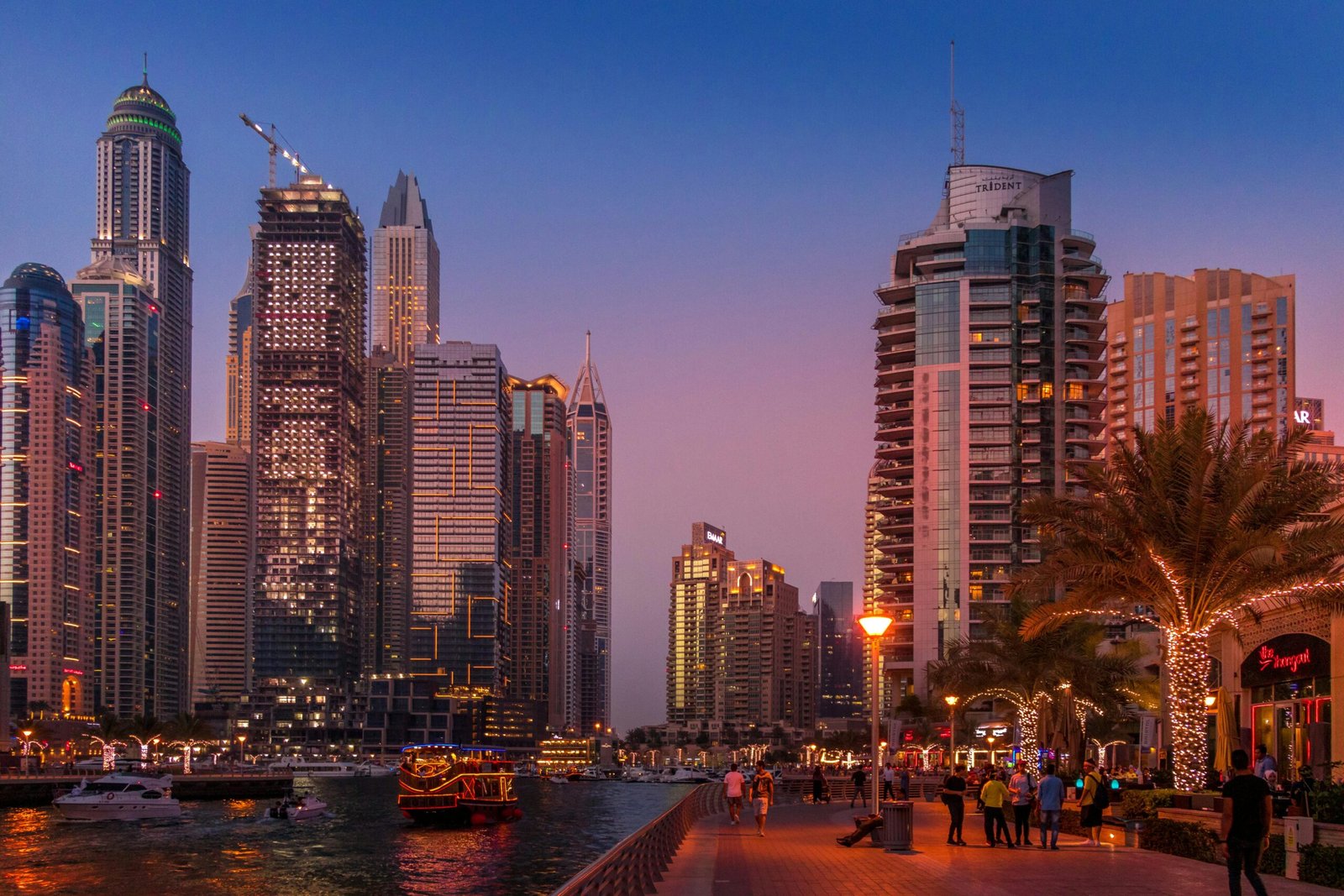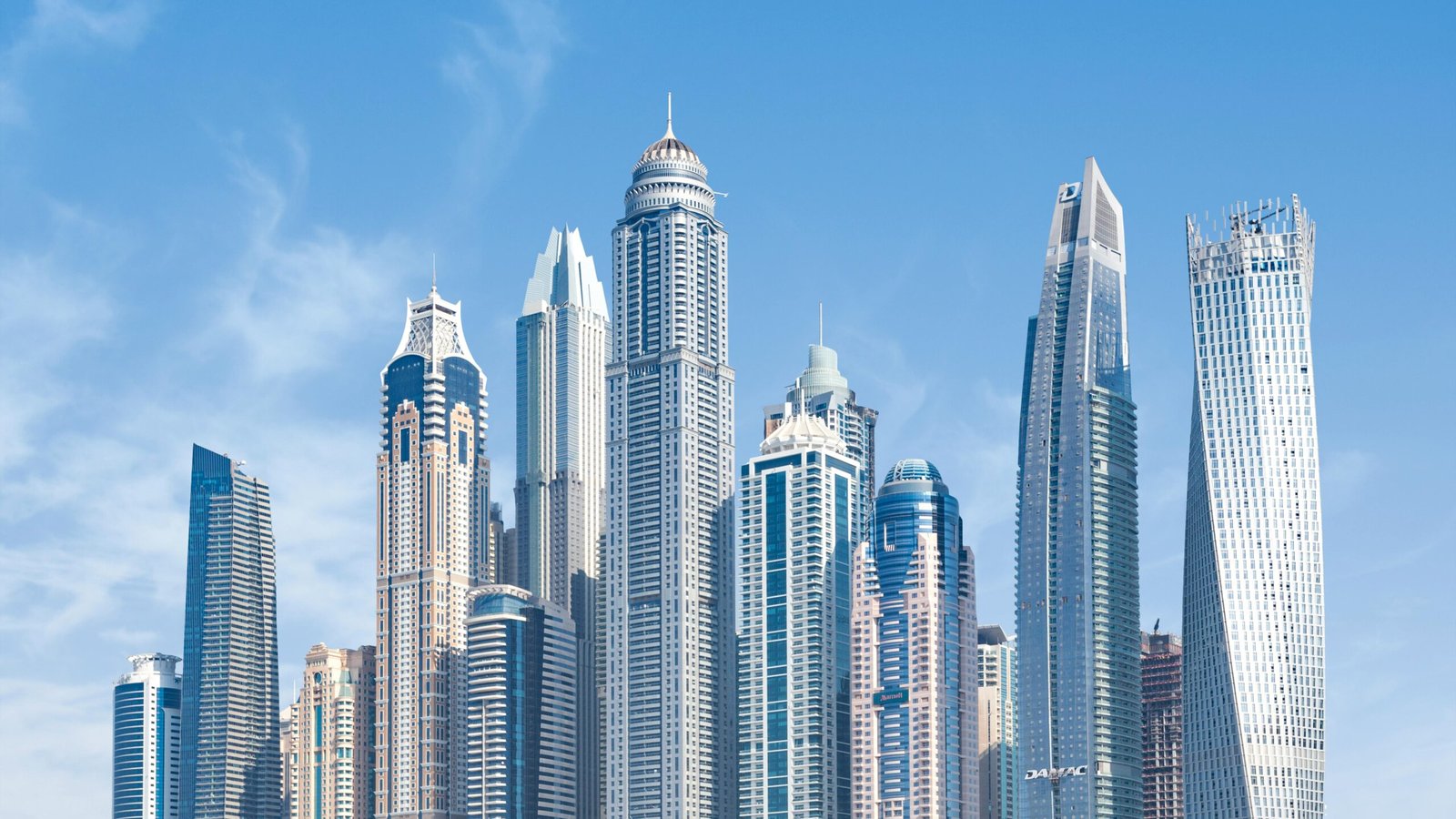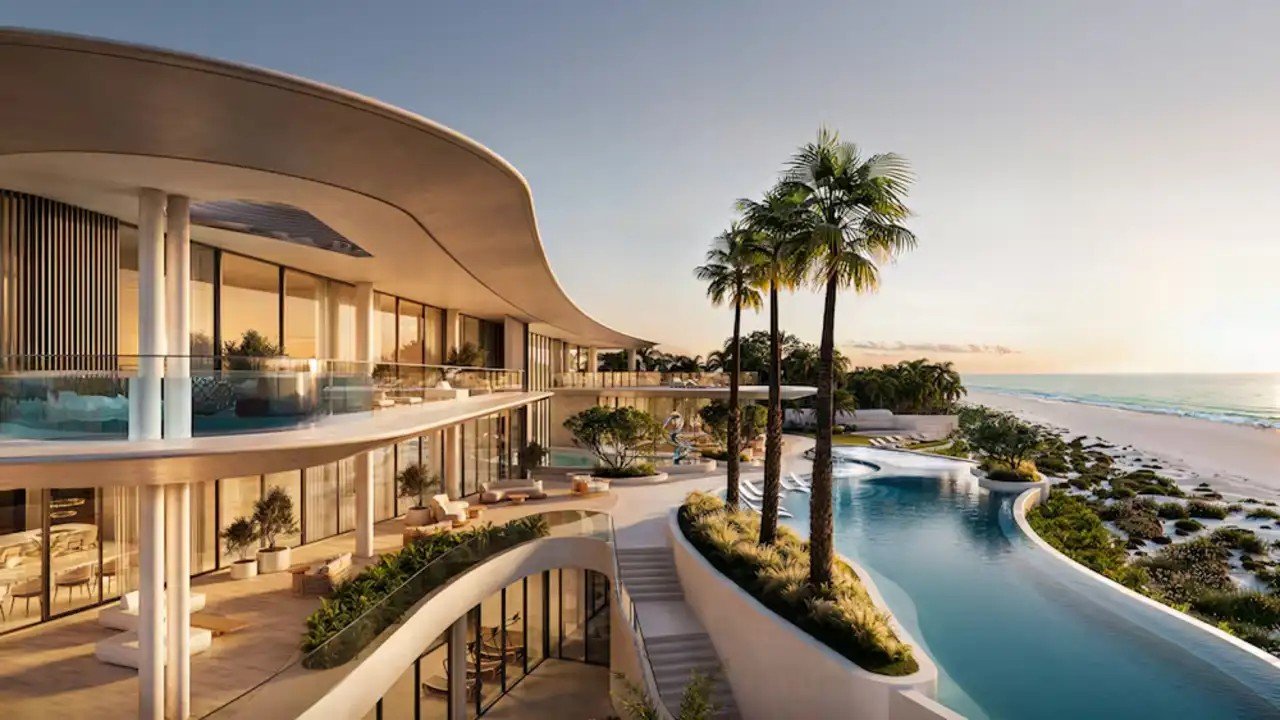A Record Surge in UAE’s Residential Real Estate Market
The UAE residential real estate market is expected to expand significantly, reaching $217.09 billion by 2030, up from $143.22 billion in 2025, at a compound annual growth rate (CAGR) of 8.66%. This forecast signals strong international investor confidence, fueled by:
Proactive legislative reforms
High-net-worth individual (HNWI) migration
Expanding visa options like Golden Visa & Retirement Visa
Increased adoption of digital design and construction tools
Dubai, Abu Dhabi, and Ras Al Khaimah are leading this transformation, with developers accelerating off-plan launches and catering to shifting buyer preferences.
Market Performance Indicators and Key Drivers
Here’s what’s fueling the real estate boom across the UAE:
Q1 2025 saw 43,000 transactions totaling Dh115 billion, marking a 23% YoY increase
Dubai accounted for 45% of all residential deals in 2024
Off-plan sales represented 56% of transactions in Q1 2025
A growing focus on green infrastructure and lifestyle-led communities
Key Growth Drivers:
Record millionaire migration (6,700 millionaires moved to the UAE in 2024)
Enhanced transport and service sector expansion
Digitalization and modular construction for faster project delivery
Tokenized real estate models enabling fractional ownership
Segment Analysis – Apartments, Villas, and Luxury Properties
Apartments:
Represented 73% of total transactions in 2024
Offered 6.7% average rental yield
High demand among urban professionals and investors
Villas:
Experiencing 9.2% CAGR growth in premium zones like Dubai South
Proximity to mega-projects like Al Maktoum Airport (Dh128B development) is boosting villa demand
Luxury Properties:
Growing at a 10% CAGR through 2030
Driven by HNWIs from Russia, Europe, and Asia
New launches like Nakheel’s Bay Villas are selling out rapidly
Prices reaching $4 million+ per unit
Mid-Market Momentum and Affordability Gap
The mid-market segment—geared toward salaried expats—makes up 47% of transaction value in 2024. But affordability remains an issue:
Only 25% of new homes are priced for those earning Dh3,000–10,000/month
Mortgage rates surged to 6.65% due to a 5.306% EIBOR rate
Developers plan 17,080 affordable units, but funding remains a challenge
Cash buyers dominate in Abu Dhabi, accounting for 70% of transactions, mitigating reliance on mortgages.
Government Support and Visa Reforms Boost Buyer Base
Visa reforms continue to open the market to international buyers:
Golden Visa issuances rose by 52% in H1 2024
Lower fees and simplified rules
Encouraging long-term stays and secondary home purchases
Senior housing demand rising with retirement visa options
The UAE’s streamlined residency policies are fostering trust, repeat investments, and property purchases by expats.
Spotlight on Ras Al Khaimah: The Rising Star
Ras Al Khaimah is positioning itself as a new investment magnet:
Forecasted CAGR of 10.5% through 2030
Infrastructure and hospitality developments attracting international capital
Redirecting investor focus from Abu Dhabi and Dubai
Risks and Market Challenges to Monitor
Despite strong performance, market vulnerabilities exist:
Oil price volatility impacts emirates reliant on federal subsidies
Affordable housing programs struggle with consistent funding
High borrowing costs challenge middle-class mortgage buyers
Energy constraints slowed construction activity in mid-2025
Yet, innovations such as digital tenancy agreements and fractional ownership models are stabilizing investor sentiment.
Outlook – A Balanced Future for Investors and End-Users
The UAE residential real estate market presents a balanced growth opportunity:
Strong fundamentals
Diverse offerings across price points
Transparent regulation
High potential for capital appreciation and rental income
As developers innovate and policy reforms deepen, the UAE is evolving from a speculative market into a mature real estate destination with global appeal.
















